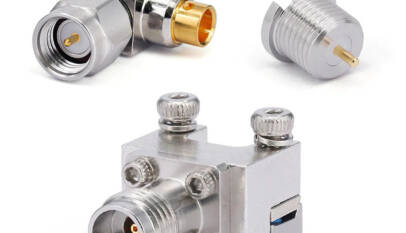
Deep TMS (Deep Transcranial Magnetic Stimulation) is a non-invasive brain stimulation technology used to treat conditions like depression and anxiety by targeting deeper brain regions than traditional TMS. It works by using magnetic fields to stimulate specific areas of the brain involved in mood regulation, offering an alternative when medications or therapy alone are not effective.
This treatment has gained attention for its ability to reach brain areas implicated in mental health disorders more precisely and with potentially fewer side effects. It is typically administered in a clinical setting over several sessions.
Patients often seek Deep TMS when looking for options beyond standard treatments, especially if they have not responded well to antidepressants. Understanding how it works and what to expect can help determine if it is a suitable choice for managing mental health symptoms.
Understanding Deep TMS
Deep Transcranial Magnetic Stimulation (Deep TMS) involves a targeted approach to stimulate deeper brain regions. It offers distinctions in mechanism, application, and approval compared to traditional TMS methods.
How Deep TMS Works
Deep TMS uses specialized coils that generate magnetic fields reaching deeper into the brain, approximately 4 to 6 centimeters beneath the skull. These coils stimulate neuronal activity in areas linked to mood regulation, such as the prefrontal cortex and deeper limbic structures.
The treatment delivers repetitive magnetic pulses that modulate brain circuits involved in depression, anxiety, and other neurological conditions. Sessions last about 20 to 30 minutes and typically occur daily over several weeks.
This method allows access to brain areas not reached by standard coils, potentially enhancing therapeutic effects for treatment-resistant patients.
Comparison with Traditional TMS
Traditional TMS uses figure-eight coils producing magnetic fields limited to the superficial cortex, around 2 centimeters deep. It primarily targets the dorsolateral prefrontal cortex.
Deep TMS coils have an H-shaped or “H-coil” design, allowing stimulation of broader and deeper brain regions than traditional coils. This difference can lead to varied clinical outcomes depending on the condition treated.
While both forms involve non-invasive brain stimulation, Deep TMS often covers a wider area and may influence a greater number of neurons. This can impact the range and intensity of side effects.
Clinical Indications and FDA Approvals
Deep TMS is FDA-cleared for treating major depressive disorder (MDD) in adults who have not responded to at least one antidepressant medication. It is also approved for obsessive-compulsive disorder (OCD) under specific protocols.
Ongoing studies explore Deep TMS for other conditions such as smoking cessation and post-traumatic stress disorder (PTSD). The FDA’s approval reflects data from controlled trials showing efficacy and safety in these uses.
Treatment protocols, including coil placement and session frequency, vary by indication to target relevant brain circuits effectively.
Benefits and Considerations
Deep TMS offers targeted brain stimulation with effects on mood and cognition. It involves specific benefits, manageable risks, and clear criteria for patient selection.
Therapeutic Advantages
Deep TMS reaches deeper brain regions than standard TMS, targeting areas linked to depression, OCD, and other conditions. This allows for potentially higher efficacy in treatment-resistant cases. Sessions are typically shorter and non-invasive, requiring no anesthesia.
It can improve symptoms rapidly, with many patients noticing differences after 2–4 weeks. The treatment is FDA-cleared for major depressive disorder and OCD, with ongoing research expanding its applications. Effects may persist beyond active treatment with maintenance sessions.
Potential Side Effects
Side effects are generally mild and temporary. Common issues include headache, scalp discomfort, and lightheadedness during or after sessions. These symptoms typically resolve shortly without intervention.
Rare risks include seizure, especially in people with epilepsy or taking certain medications. Patients should be screened carefully beforehand. No significant cognitive or memory impairment has been linked to Deep TMS.
Patient Candidacy
Ideal candidates have treatment-resistant depression or OCD and are non-responsive to medication or psychotherapy. Patients must undergo screening for seizures, metal implants, or neurological disorders.
It is less suitable for those with implanted devices or certain medical conditions. Age limits and pregnancy status may also affect eligibility. Evaluation by a certified provider is necessary to determine if Deep TMS is appropriate.
Kids Swimming Lessons Essential Tips for Safety and Skill Development
Kids swimming lessons teach essential water safety skills and build confidence in the wate…








